Subscribe to our newsletter to find out about all the news and promotions, and automatically receive a welcome discount coupon in your email.
 The carbohydrates, carbohydrates or carbohydrates They are compounds usually made up of carbon, oxygen and hydrogen and that unlike proteins, they rarely contain nitrogen in their composition. They are the substances that our body preferentially uses as a source of energy.
The carbohydrates, carbohydrates or carbohydrates They are compounds usually made up of carbon, oxygen and hydrogen and that unlike proteins, they rarely contain nitrogen in their composition. They are the substances that our body preferentially uses as a source of energy.
Based on the number of units that compose them, carbohydrates are classified into four large groups:
1. monosaccharides: They are the simplest carbohydrates. As indicated by the prefix mono- - they are made up of only one unit, as is the case with glucose and fructose.
2. Disaccharides: As indicated by the prefix di-, these carbohydrates are made up of two units. The best known is sucrose or table sugar, which is the union of glucose and fructose. Lactose is another disaccharide that is made up of glucose and galactose.
3. Oligosaccharides: They are made up of short and medium chains of monosaccharides (chains of 3 to 15-20 units). Maltodextrins belong to this group, which are glucose chains of variable length with an average of ten glucose units, coming from the hydrolysis or rupture of starch.
4. Polysaccharides: They are carbohydrates that are composed of very long chains of monosaccharides. In turn, two large groups are differentiated depending on whether they are usable energetically or not by the organism:
4.1. usable as a power source: We highlight starch, of plant origin, which is made up of long chains of glucose, and glycogen of animal origin.
4.2. Not usable as a power source: The most important polysaccharides are integrated into what is called fiber tolimentary or dietary fiber.
CARBON HYDRATES AND THE ATHLETE
Carbohydrates make up the nutritional base of every athlete. Sports nutrition experts point out that carbohydrates should be the 60-70% of the energy intake of the athlete's diet.
First of all, it is important to consider what is the ideal carbohydrate that the athlete should consume throughout the day. In this sense, we must understand that none of the carbohydrates mentioned above meet all the characteristics to make it an ideal and exclusive carbohydrate for the athlete.
Thus, it is obvious that we can't tolimeFeed an athlete only glucose or fructose throughout the day. In the same way, that it would be impractical and inefficient for, for example, a cyclist tolimeEnjoy a base of rice or potatoes while doing a 4-hour bike ride.
Therefore, each type of carbohydrate has specific characteristics of digestion, gastric emptying, absorption speed, metabolism in the body that makes its use ideal at a specific moment in the athlete's daily nutrition.
ALIMENEATS RICH IN CARBON HYDRATES FOR ATHLETES
As we have seen, one of the ways in which carbohydrates can be classified is according to the number of units that compose them. In this way, we can divide them into monosaccharides, disaccharides, oligosaccharides and polysaccharides.
Another way to classify thelimentos is a function of glycemic index that is the one to one capacityliment to vary to a greater or lesser extent the concentration of glucose in the blood and therefore, to stimulate the secretion of insulin.
The glycemic index is taken in reference to glucose that has an index of 100. If alimeIf it is not capable of increasing the amount of glucose in the blood, it is said to have a high glycemic index, and if it hardly produces a change in blood glucose, it is said to have a low glycemic index.
Classification of the alimentos based on their glycemic index
Alimefoods with a high GI
Glucose 100
rice 91
Carrots 90
Cereals 84
potatoes 83
honey 73
Bread 70
Aliments with moderate GI
Sugar 59
banana 56
grapes 52
peas 50
Chocolate 49
Cereal oats 48
spaghetti 41
AlimeLow GI snacks
orange 40
peach 35
Cauliflower 33
Apple 30
Lentils 29
Whole milk 25
Fructose 23
IMPORTANCE OF ENERGY RESERVES. THE GLYCOGEN
The medical studies that began to relate the carbohydrates with the energy capacity, began more than sixty years ago. These first works showed that those athletes who followed a diet rich in carbohydrates during the three days prior to a test, had much higher resistance capacity than their peers who had followed a diet richer in protein and fat. They were therefore the first evidence indicating the importance of carbohydrates for sports.
Thirty years later, the explanation for the first medical works that we have referred to above is known. By means of a biopsy, samples of the athlete's muscle have been obtained before, during and after performing an endurance test. The results clearly demonstrate that the athlete's fatigue is directly related to low levels of muscle glycogen. Remember that glycogen is a long-chain carbohydrate, made up of glucose units and is the way in which the body stores glucose as an energy source.
Thus, today it is perfectly known that those athletes who are capable of storing higher levels of muscle glycogen, are also those that present greater resistance capacity. Consequently, as dietary advisors, we must be concerned that the athlete stores as much energy as possible as glycogen in the body.
Logically, the first question that should be asked is how we can maximize the energy storage level of glucose in the muscle. Basically, there are two aspects that determine the level of muscle glycogen and therefore the endurance capacity of the athlete, which are:
– The level of training
- And the diet
As dietary consultants, we will have little influence on the level of training of the athlete. Muscle biopsy analysis shows that people who practice sports frequently have higher levels of muscle glycogen than sedentary people.
In addition to the degree of training, diet plays another fundamental role in achieving high levels of muscle glycogen. Thus, for example, there are numerous medical studies that show that If a diet rich in carbohydrates (carbohydrate loading) is followed the days before a competition, the endurance capacity of the athlete is notably increased.
42K · All rights reserved



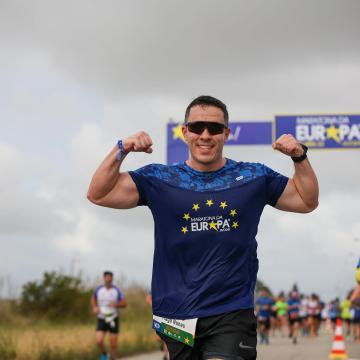
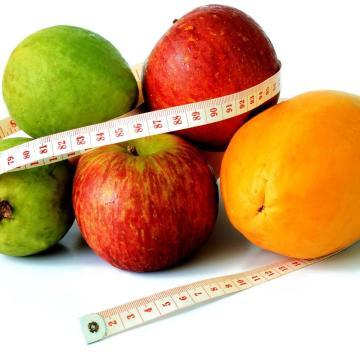

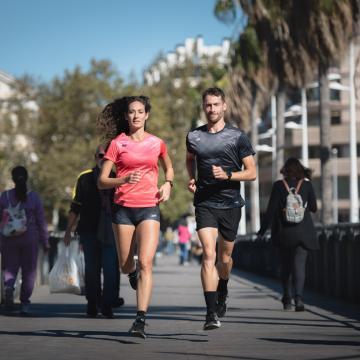



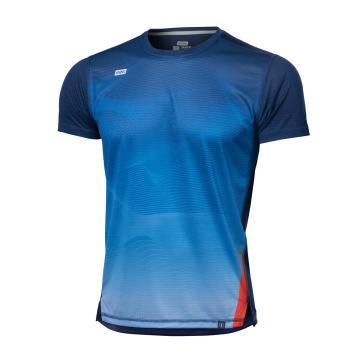
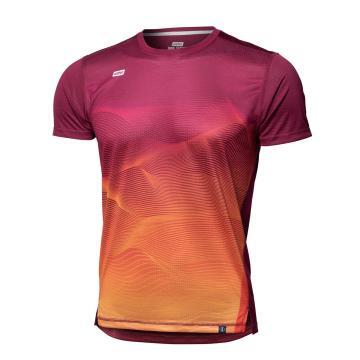
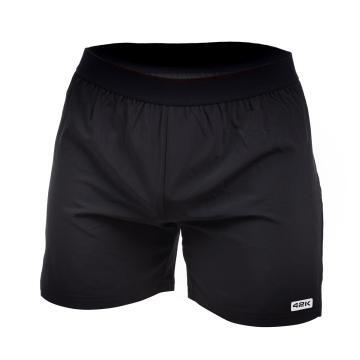
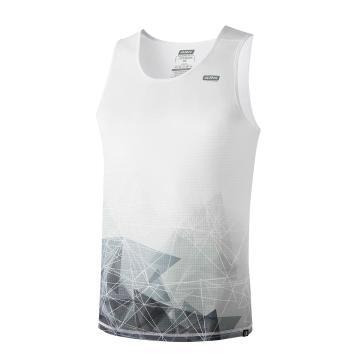
Comments
Post a first comment for this entry!